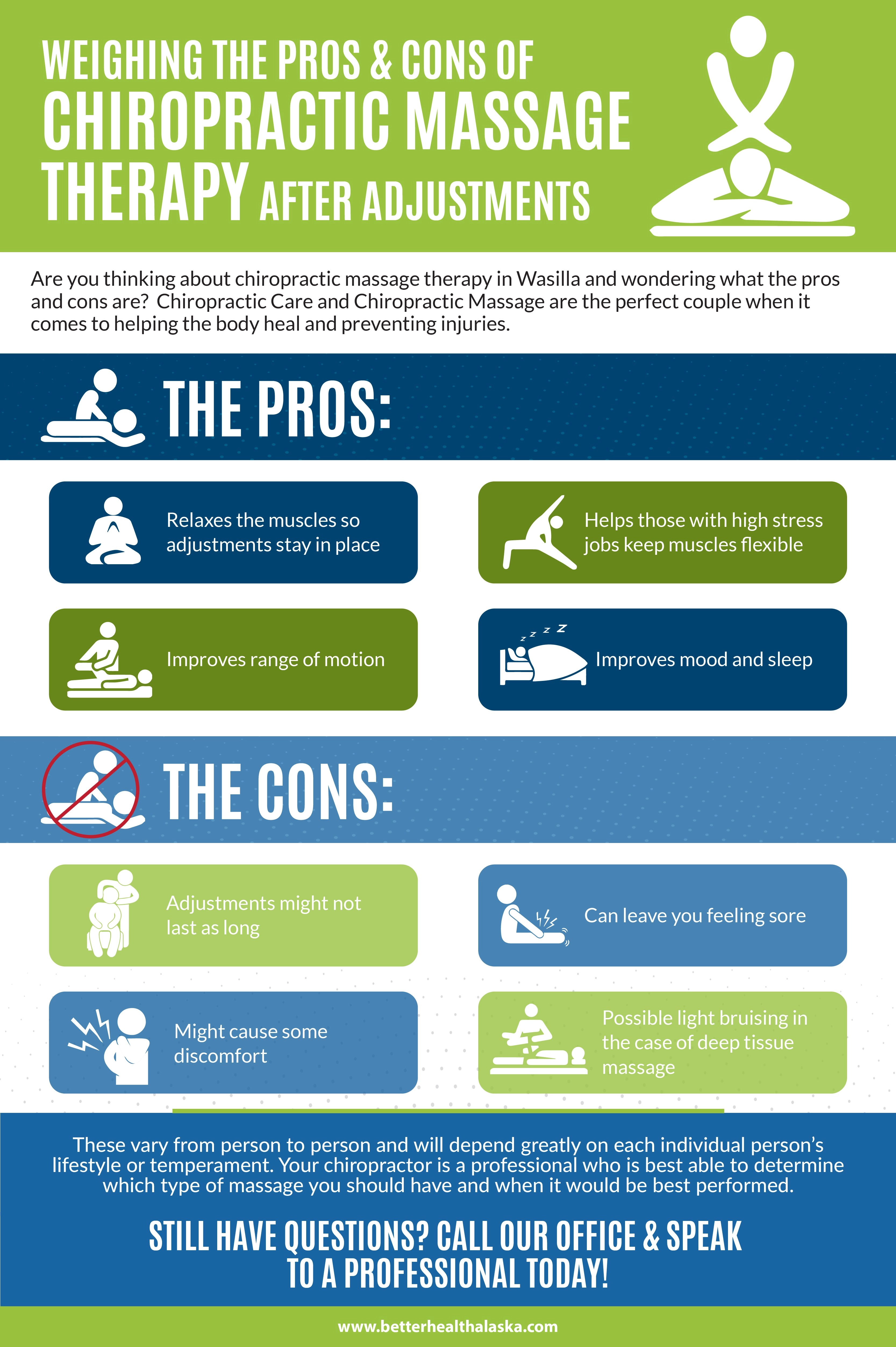Comparing Acupuncture To Various Other Discomfort Monitoring Techniques
Comparing Acupuncture To Various Other Discomfort Monitoring Techniques
Blog Article
Composed By-Kaufman Guldbrandsen
When you think about discomfort administration alternatives, you could find yourself considering the advantages and disadvantages of different strategies, consisting of acupuncture, non-prescription medications, and physical treatment. While many strategies offer alleviation, they usually come with their very own set of obstacles, like adverse effects or lengthy treatment times. Acupuncture stands out for its special ability to promote self-regulation with fewer threats. Yet exactly how does its performance contrast to even more traditional techniques? The nuances of these techniques can considerably influence your choices, and discovering them better might result in surprising understandings.
Overview of Pain Administration Techniques
When it comes to managing pain, you have a selection of strategies at your disposal. These methods can range from conventional strategies to more different therapies. Comprehending your choices is crucial in locating what functions best for you.
One usual technique is over the counter medications like ibuprofen or acetaminophen, which can give quick relief for light to modest discomfort. Prescription drugs, including opioids, may be essential for more extreme discomfort, though they feature dangers of dependency and negative effects.
Physical treatment is one more reliable method, concentrating on workouts and stretches to enhance muscular tissues and boost mobility. This technique typically helps in handling persistent discomfort problems.
Furthermore, some people turn to more all natural choices, such as massage therapy, which can alleviate tension and enhance blood circulation.
Mind-body techniques, like mindfulness meditation or yoga exercise, help you handle discomfort by lowering stress and boosting your mental resilience.
Last but not least, way of life modifications, such as keeping a healthy and balanced diet regimen and normal exercise, can play a vital role in overall discomfort management. Each method has its benefits and drawbacks, so it's necessary to explore what matches your requirements and preferences best.
Advantages of Acupuncture
Acupuncture supplies an one-of-a-kind strategy to discomfort management that attracts attention among various techniques. By targeting certain points on your body, it promotes the flow of power, or "qi," promoting natural healing and minimizing pain.
One of the greatest benefits is its minimal negative effects. Unlike some drugs, which can result in dependence or undesirable wellness issues, acupuncture is an alternative therapy that motivates your body's self-regulation.
You'll likely find that acupuncture sessions can aid soothe persistent pain, migraines, and even tension. Many people experience a feeling of leisure and wellness throughout and after treatment, which can boost total quality of life.
And also, it's a functional alternative; it can be made use of alongside various other treatments, making it a wonderful enhance to your existing pain monitoring strategy.
One more considerable benefit is that acupuncture can be tailored to your certain needs. Your specialist will certainly examine your problem and establish a personalized treatment strategy, guaranteeing you obtain the treatment that ideal supports your healing.
With https://gregoryxoful.techionblog.com/33082398/discover-the-harmony-in-between-pain-alleviation-and-comprehensive-wellness-and-find-out-how-chiropractic-treatment-can-rejuvenate-your-joint-health-and-wellness-and-boost-your-overall-vitality and expanding approval in contemporary medicine, acupuncture stands apart as an engaging choice for discomfort alleviation.
Contrasting Performance and Outcomes
Discomfort monitoring methods vary widely in their effectiveness and results, making it crucial to comprehend how they compare to one another. When taking into consideration options like acupuncture, physical therapy, and medicine, you'll discover distinctive differences in how each approach addresses pain.
Acupuncture, for instance, typically supplies relief for chronic discomfort conditions, with research studies revealing significant enhancements hurting levels for lots of clients.
In contrast, drugs like opioids can effectively manage sharp pain yet lug dangers of dependency and negative effects.
Physical therapy focuses on rehab and might take longer to reveal outcomes, which can be discouraging if you need immediate relief.
When evaluating these strategies, think about your details discomfort type and your personal health and wellness goals. Some people discover that a mix of approaches works ideal for them.
For instance, you could benefit from acupuncture sessions alongside physical therapy to maximize healing.
Ultimately, recognizing the efficiency and outcomes of each method will certainly aid you make informed choices concerning your pain management strategy, enabling you to pick the strategy that ideal matches your requirements and lifestyle.
Final thought
In recap, acupuncture stands apart as a beneficial option to conventional pain monitoring methods. It provides fast relief and fosters self-regulation without the dangers of reliance connected with medications. While physical treatment may require more time for results, acupuncture can offer immediate benefits, making it an appealing choice for those seeking relief from chronic discomfort and anxiety. By including acupuncture right into your pain monitoring plan, you can enhance your overall well-being and redeem control over your wellness.
